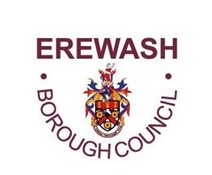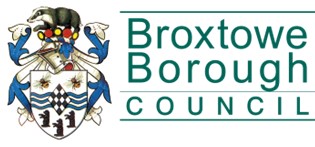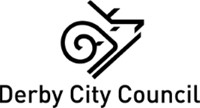D2N2 LEP’s Head of People and Skills, Rachel Quinn discusses the skills gap, its ongoing impact, and how D2N2 are working with businesses and young people to help to bridge it.
The world of work is changing.
The skills a young person entering the workforce today will need throughout their career will be very different from the skills of those they are replacing.
Even just five years from now, more than one-third of the skills we believe are essential for today’s workforce will have changed according to the Future of Jobs Report from the World Economic Forum.
Furthermore, the skills we learn at the beginning of our career or in education no longer last as long as they did. The half-life of a technical skill has fallen dramatically in recent times, from 30 years to just 6!
The Skills Gap
This means that employers are increasingly looking to fill skills gaps and where those skills are not being supplied, to retrain and upskill existing staff themselves.
This isn’t a future issue, the effects of the skills mismatch are happening now.
According to the most recent Quarterly Economic Survey by East Midlands Chamber, 57% of local businesses with vacancies had experienced problems with recruitment, primarily due to lack of skills.
At an industry level, labour productivity in the UK fell by 0.6% quarter-on-quarter in the three months to March 2019, the biggest decline since the last quarter of 2015. This means that UK Productivity now lags significantly behind other major economies – impacting on wages and prosperity.
D2N2, for better or worse, is often characterised as the bellwether of the UK economy as a result of our diverse mix of sectors, places and communities.
It’s not surprising, therefore, to find that the D2N2 region is experiencing similar issues.
There are several approaches to addressing our productivity challenges – and the continuous development of the skills of our workforce has to play a massive part.
This is especially true as we adapt to the automation of previously manual processes, integration of artificial intelligence, and ever more technological involvement in our working lives.
All of these reasons are features of a working environment undergoing massive change, so much change in fact that it’s been termed the 4th industrial revolution.
The change is here to stay, so what can we do to prepare both the current workforce and those to follow?
Bridging the Gap
D2N2 LEP invests significant time and resources fostering relationships between education and employers in order to address our skills mismatch, in particular through our work with the Careers and Enterprise Company – matching local employers with schools to develop a more responsive and relevant careers offer.
Increasingly our focus is also shifting to encourage the development of wider ‘employability’ and ‘human’ skills as much as technical – recognising the importance of communication, personal resilience and adaptability in this fast-changing world, where movement between careers becomes much more commonplace.
For example, recent research by the New York Federal Reserve Bank concludes that education isn’t as closely aligned to a career choice as we might believe – with only 27% of graduates progressing into work in a field related to their degree.
Looking from the other direction, in Robot Ready, EMSI demonstrates how arts educational routes lead to strong human skills like creativity, mental flexibility, and compassion. These skills are in high demand even in technology sectors and are remarkably resistant to automation—especially when paired with a complementary technical skillset.
Looking closer to home, D2N2 and our partners The Careers and Enterprise Company, Déda, and Rolls Royce (a local Cornerstone employer) recently began delivering a project at three schools in areas of Derby experiencing disadvantage.
The project uses circus-based performance to encourage more children to become interested in science, technical, and arts subjects (STEAM), increase their awareness of career opportunities in these subject areas, and improve their essential life skills such as confidence, communication and problem solving – all vital skills in the workplace of the future.
A Skills Collaboration
It’s only through collaboration like this between employers, education, and the workforce itself that we can harness the opportunities that this revolution presents. It’s time to understand, prepare for, and embrace the changes ahead.
The video below highlights the skills most needed for future employees to thrive, including the tenth and final skill being simply that of ‘embracing change’.
And as Heraclitus, a Greek philosopher once said (thank you Wikipedia),
‘change is the only constant in life’.





























